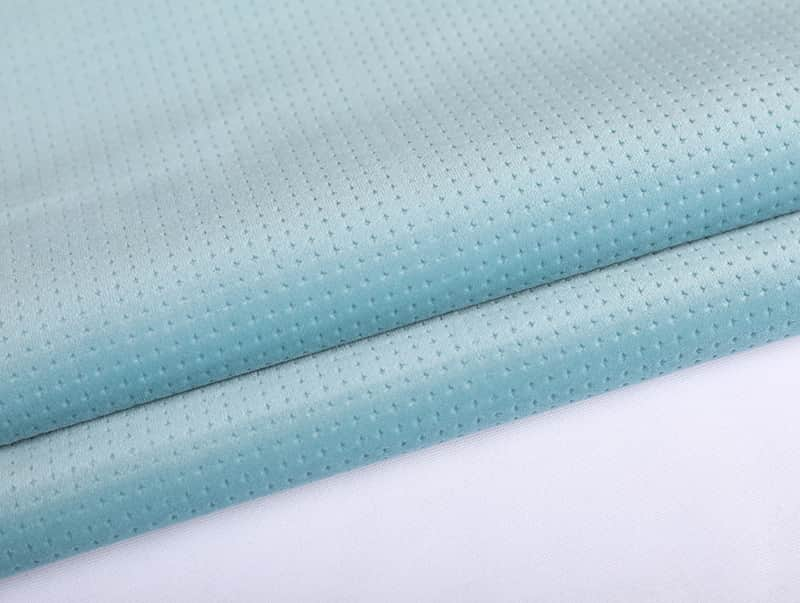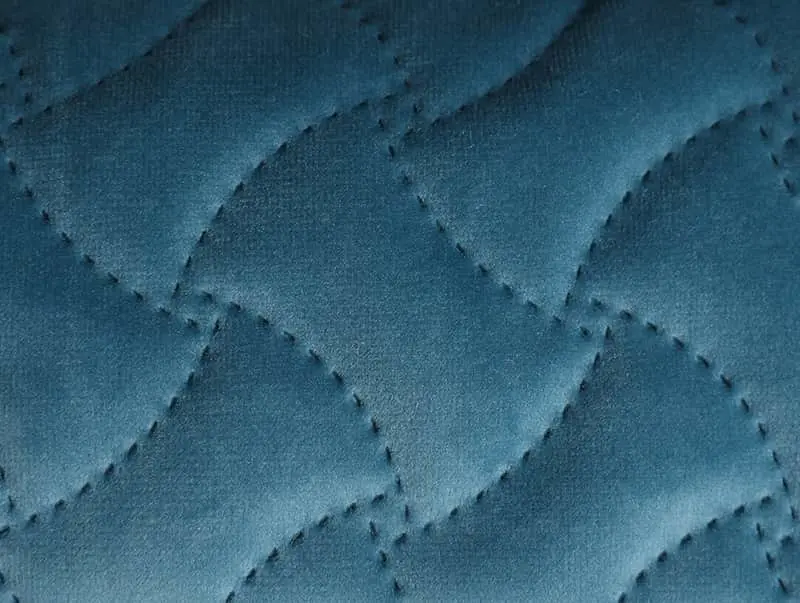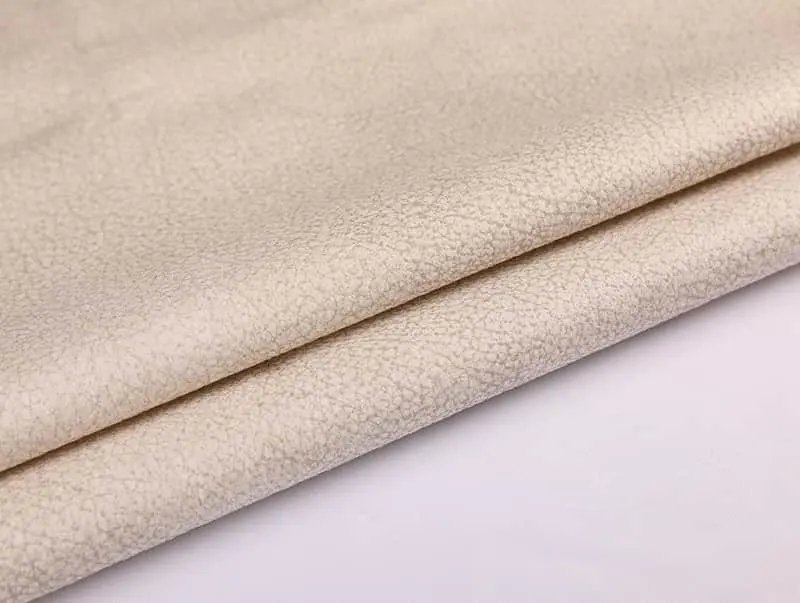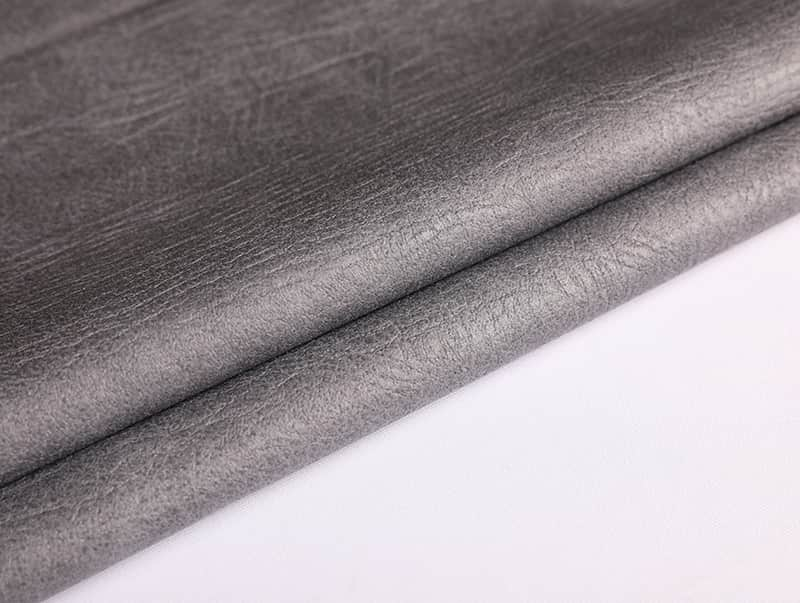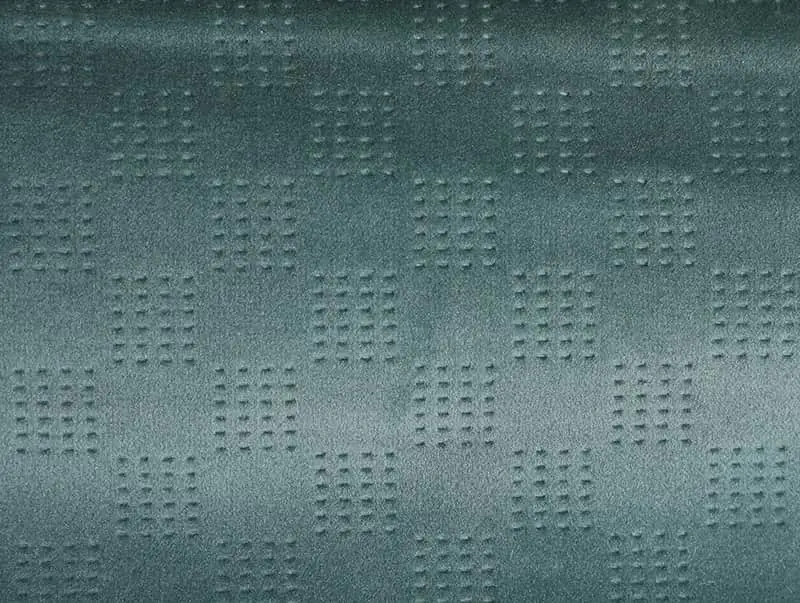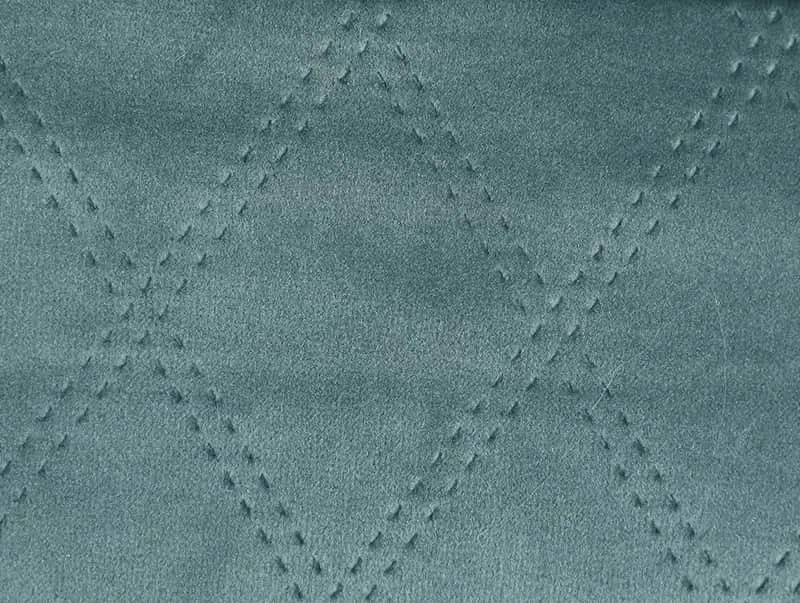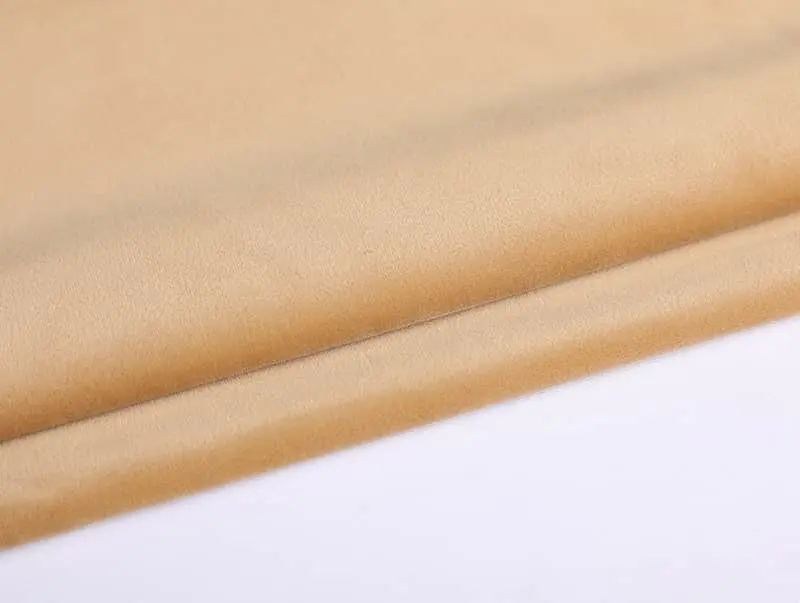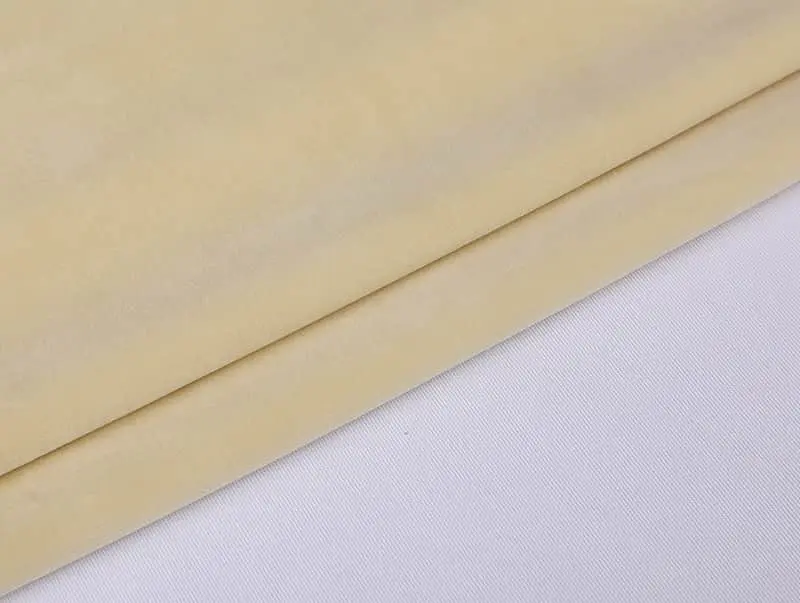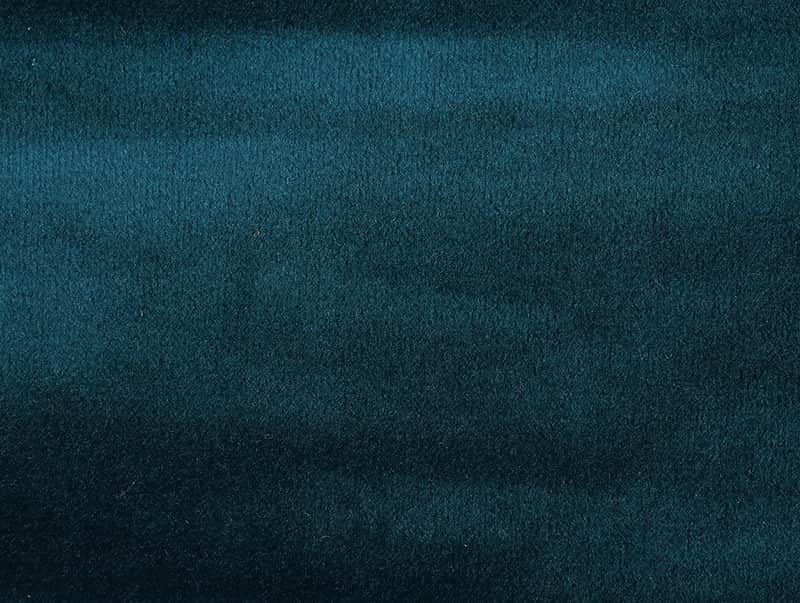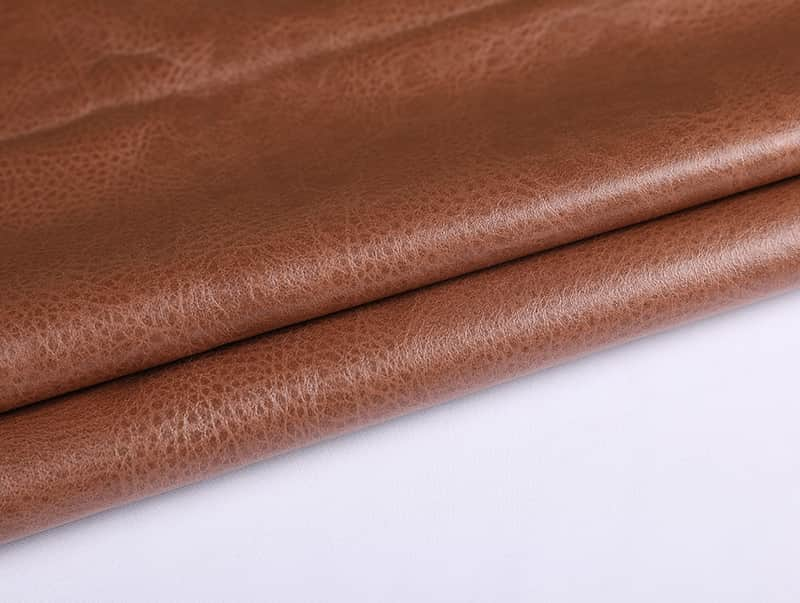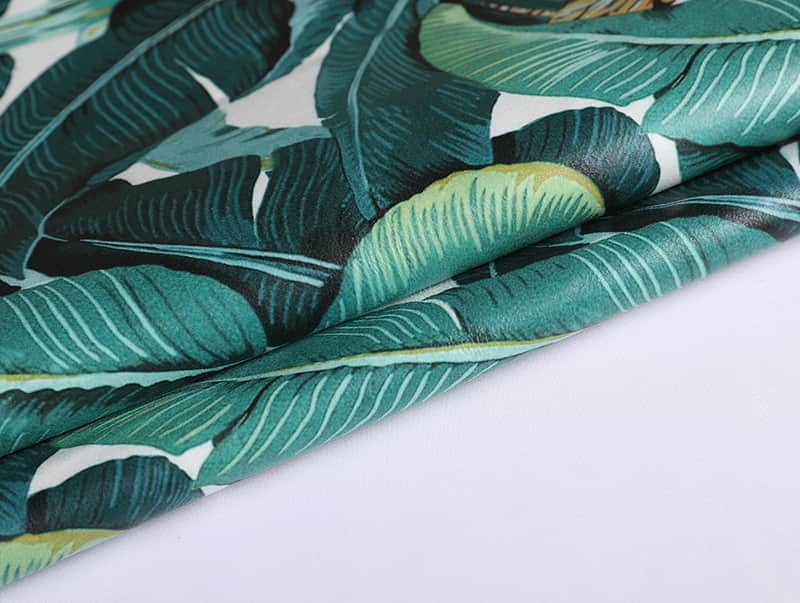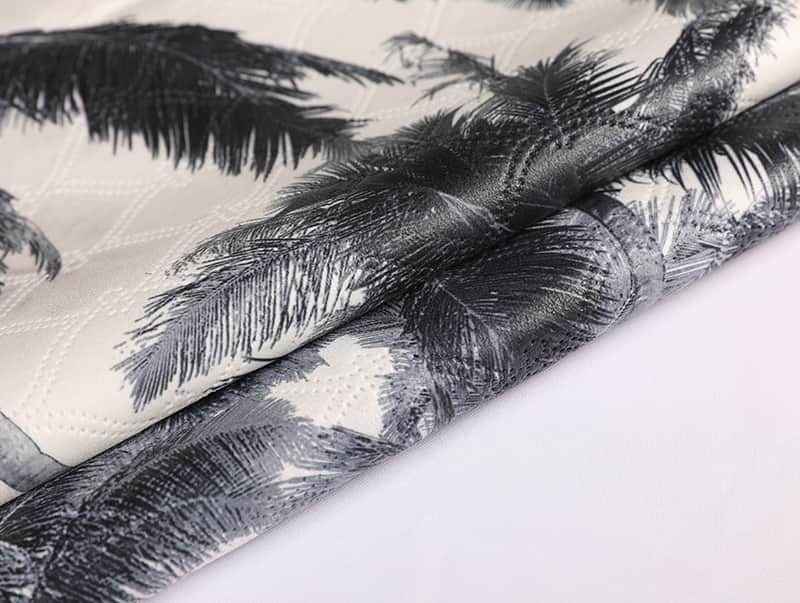Cuddle fabric
The fabric for a Plush Toy Cuddle is made of 99% polyester, which is delicate and can melt if it is directly exposed to heat. Therefore, users should avoid ironing Cuddle. If you do need to iron a Cuddle, remember to press it on the wrong side, using a pressing cloth. Embossed Cuddle is especially sensitive to heat since heat is what created the designs. Excess heat can ruin the texture. To prevent the fabric from getting too soft, lay the Cuddle face down on a plush towel.
Another fabric to consider is cotton. Cotton is soft and easy to handle, and it does not cause allergies. It also works well with pigmented inks. It is also stretchy and pliable, so it retains its shape after washing. Cotton also doesn't pill, so it's great for your little one's adventures. You can find plush toys with faux fur accents as well. But faux fur is expensive and can be difficult to work with.
Sofia fabric
If you want to make your own soft toys at home, you may want to invest in a quality Sofia plush toy fabric. These fabrics are tightly woven and provide a unique texture, so you will be able to tell a Sofia plush toy fabric apart from other fabric types. In addition, they are non-toxic and environmentally friendly. Therefore, you can be sure that your child will enjoy playing with them for years to come.
Flannel is a very common fabric for plush toys. It comes in a variety of colors and prints, and is affordable. It's also easy to sew with, but doesn't produce as much fluffy texture as other types of plush toy fabrics. Cotton is another popular choice for plush toy fabrics. Both fabrics are affordable and easy to clean. Nevertheless, it doesn't produce as soft plushies as fur.
Cretonne fabric
Whether you're making a plush toy for your child or creating a quilt backing, Cretonne fabric is a popular choice for plush toys. It is a fine, glazed cotton fabric with a tightly woven, fine warp and slack twist filling. Chintz is often printed with brightly colored patterns and gets its name from the Hindu word for "spotted." The process of finishing chintz uses several glazes. Some of these glazes wash out during laundering. Unglazed chintz, on the other hand, is commonly used for plush toys.
Cretonne fabric is easy to sew. Basic sewing machines can handle it. Because of its canvas weave, the fabric is easy to sew and makes straight stitches. Hand sewing is also a viable option for this lightweight material. You'll need a standard needle and thread, and you can use polyester threads or a blend of cotton and polyester to avoid fraying. You can also use pinking shears to cut the edges of the fabric to avoid fraying.
Shredded memory foam
When shopping for a plush toy, consider whether to choose polyfil or shredded memory foam. Polyfil is a polyester-based filling that clumps easily and is great for many projects. Cluster stuff, on the other hand, is a more expensive and difficult to find option. It is available in many different sizes and offers a more squishy feel, but its fibers do not clump together. Both types of plush fabrics have specific applications.
Both types of memory foam are good for sleeping. Shredded foam provides more air circulation than whole memory foam, making it ideal for the neck and shoulders. Shredded memory foam also provides a more comfortable sleep by conforming to the shape of the head and neck. As an added benefit, memory foam pillows are extremely durable. With proper care, memory foam can last for many years. Shredded memory foam is also less bulky than whole memory foam, which makes it ideal for babies.
